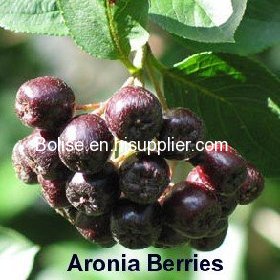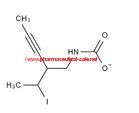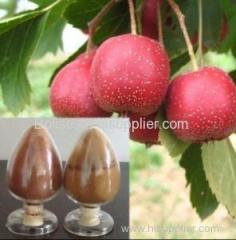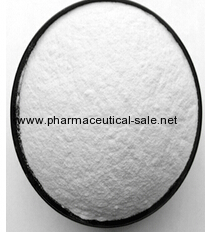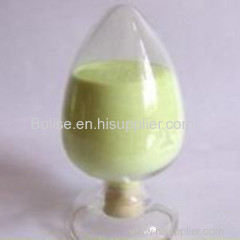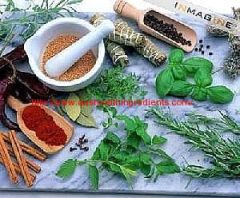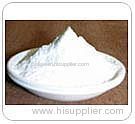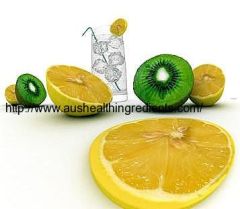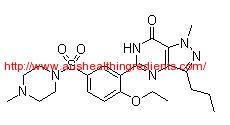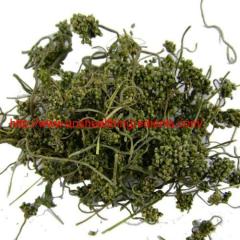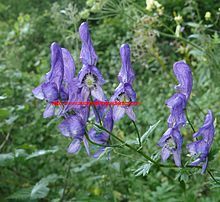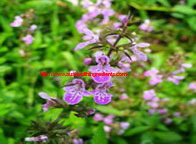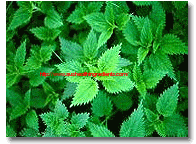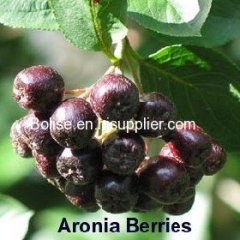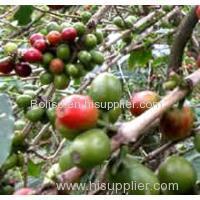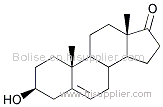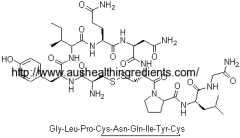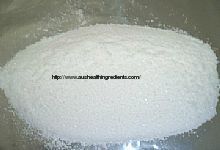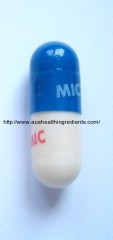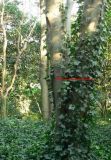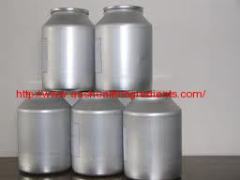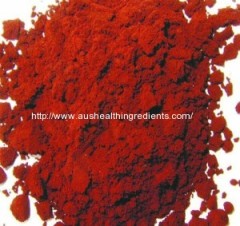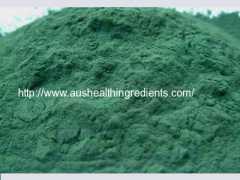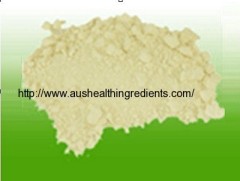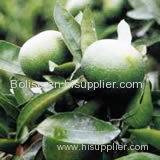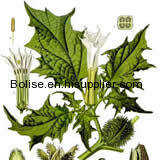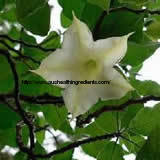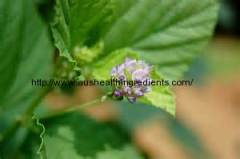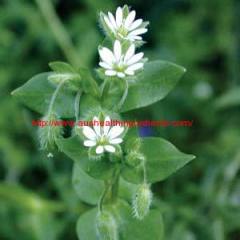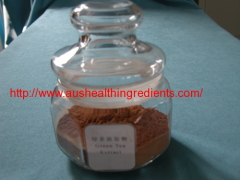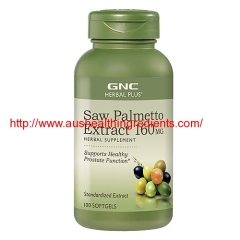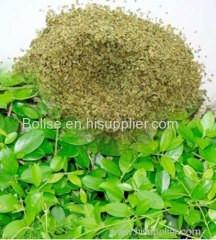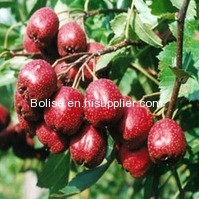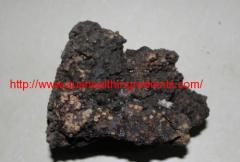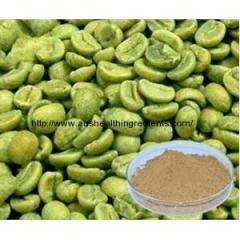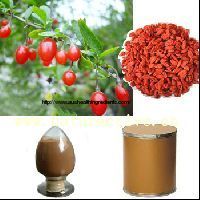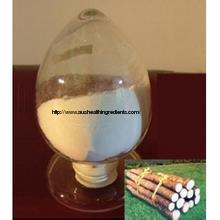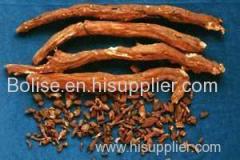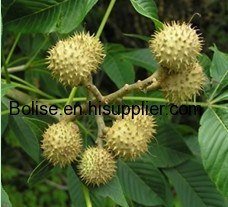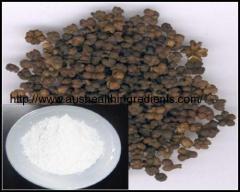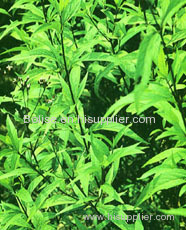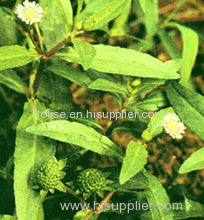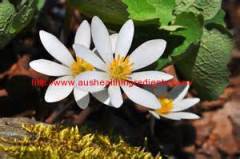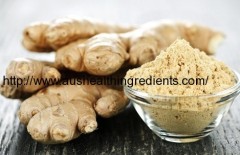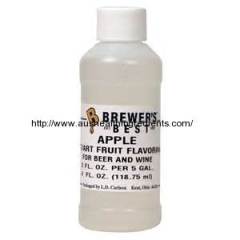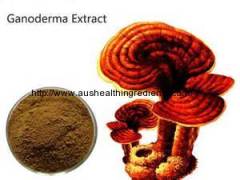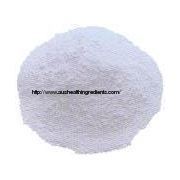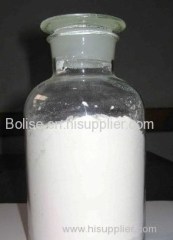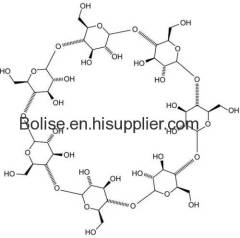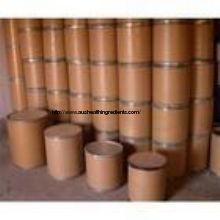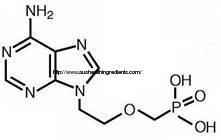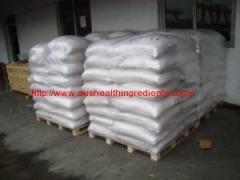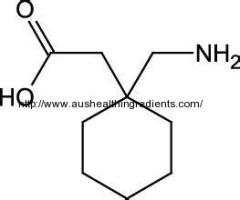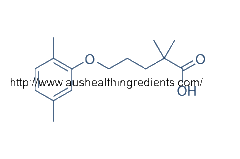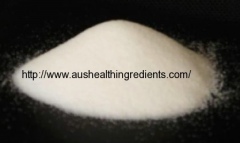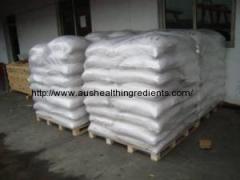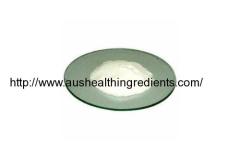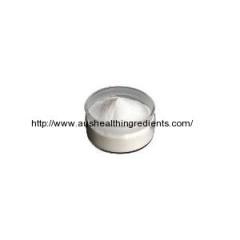|
Bolise Co., Ltd.
|
what is Aronia chokeberry Extract?
| Place of Origin: | Hainan, China (Mainland) |
|
|
|
| Add to My Favorites | |
| HiSupplier Escrow |
Product Detail
Aronia sometimes called black chokeberry, is a deciduous shrub native to eastern North America. It is sometimes used in landscapes for its creamy
[ Product Name ]Aronia chokeberry Extract
[ Specification ]15%, 25% anthocyanin
[Detection methods] HPLC
[ Botanical Name ] Aronia melanocarpa (Michx.) Elliott
[ Description ] purple blue powder
[ About Aronia chokeberry ]
Aronia sometimes called black chokeberry, is a deciduous shrub native to eastern North America. It is sometimes used in landscapes for its creamy white flowers in late spring, and colorful flame red autumn foliage contrasted with dark berries. Aronia is cold hardy and its late blooming period avoids damage by spring frosts. The plants tolerate various soils but prefer slightly acidic soils. Mature plants may be up to 8 feet tall and have up to 40 canes per bush. Numerous suckers are produced from the roots and fill in the space between the plants like a hedgerow. Thinning of older canes is recommended every few years to avoid dense growth and poor light exposure. Reduced light decreases productivity. The plants are well adapted to many areas of North America and appear to be little affected by either pests or disease. Aronia clearly has potential for use as an alternative commercial fruit crop that may be suited to organic farming.
[ Fruit Characteristics and Use ]
Aronia was well known to natives and early settlers but has not been commercially cultivated in the United States since early in the 20th century. Aronia berries can be canned whole or the juice extracted for jelly making, candies, pie and cookie fillings, yogurt, sorbet, flavored milk and other uses. In Russia, Denmark, and Eastern Europe the strongly colored and pungently flavored juice is widely used for juice and wine production.
The pea-sized, violet-black berries are harvested in autumn and have a strong, stable natural color with a dry and sour flavor. Yields of up to 38 pounds (17 kilograms) per bush have been reported from mature plantings in Europe. The fruit can be mechanically harvested with equipment similar to that available for blueberries. In smaller plants the fruit is hand harvested by cutting the fruit clusters. Harvest is usually in late August to September when the fruit is at 19¡ã to 21¡ã Brix (percent sugar).
Aronia juice has been increasingly used in the food industry to supply a natural red color in products with poor color stability. Commercially, aronia is mainly used for juice either alone or blended with other fruit juices such as apple or grape. Other uses include food coloring, tea, syrup and fruit spread coloring. In Europe, the juice is often blended with apple juice to give the juice a blush. In Russia, aronia and apple juices are combined and fermented to produce red wine. In Lithuania, dessert wines are made using aronia juice alone or blended with other fruits. Reports from the Ukraine describe aronia as improving the color, tannin level and sugar of grape wines. The main commercial source for the juice comes from fruit grown in Europe, but there is a small commercial grower in Iowa and another in Oregon. Test plantings have been established by the USDA Plant Materials Program at 11 sites in North Dakota, South Dakota and Minnesota.
[ Aronia Benefits for health ]
Aronia chokeberry Extract contains very high levels of anthocyanins (source of red color) and flavonoids. Levels of anthocyanins and flavonoids are over five times greater than those found in cranberries. Aronia also has been reported to contain antioxidants, polyphenols, minerals and vitamins. It has been alleged that some of these chemicals specifically reduce the potential for cancer and heart disease.

